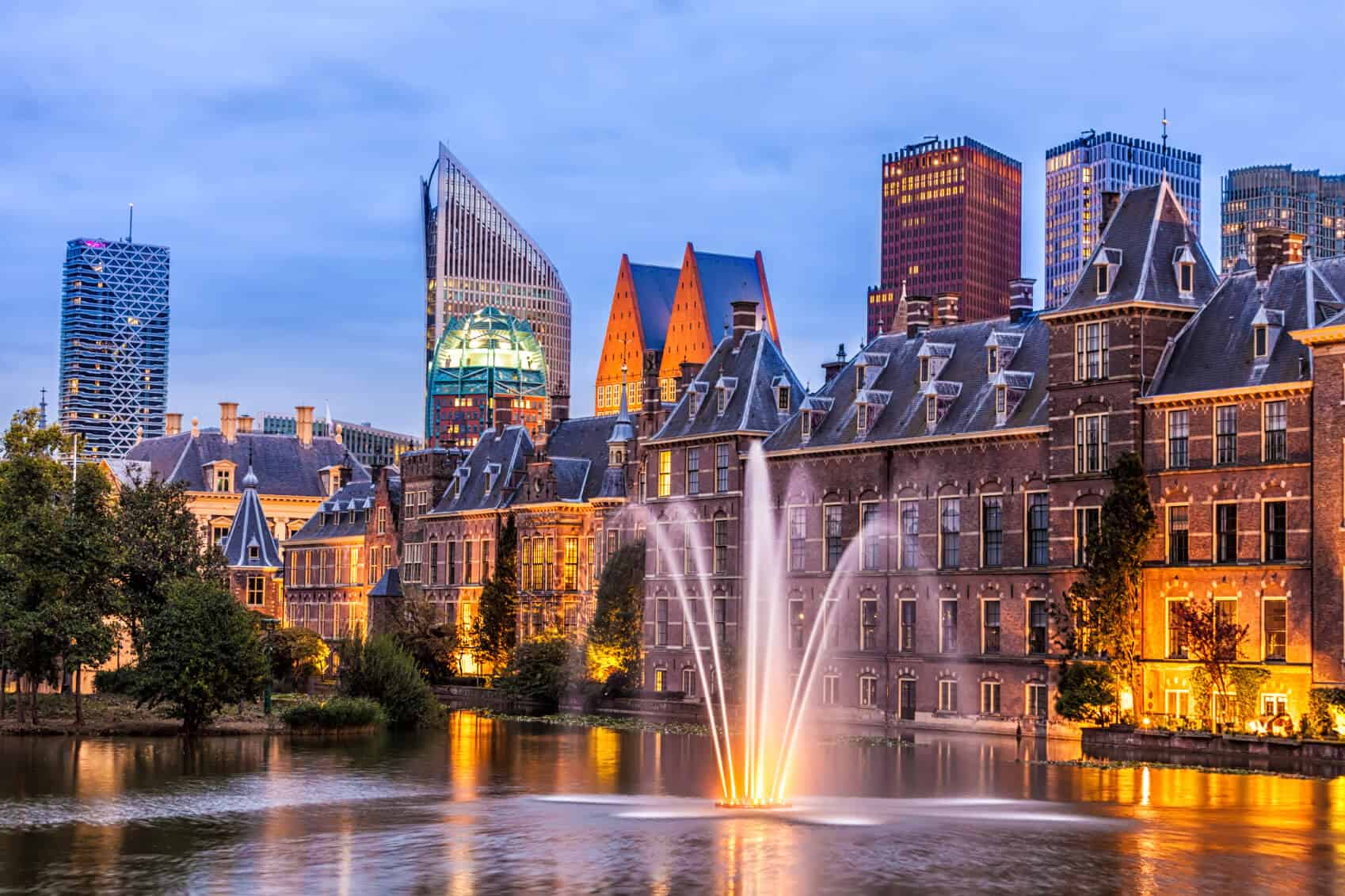The Lanterns of The Hague: A Historical Overview
In the heart of The Hague, a unique tradition has persisted for centuries: the lighting of lanterns throughout the city. This practice dates back to the 17th century when the city was a bustling hub of political and cultural activity. The lanterns were initially introduced to illuminate the streets, providing safety and security for its residents during the long, dark nights.
The Role of Lanterns in The Hague's Development

The introduction of street lanterns in The Hague marked a significant development in urban planning. Before their installation, the city’s streets were perilously dark, making night travel risky. The lanterns, often fueled by oil, were strategically placed along major thoroughfares and near important buildings, such as the Binnenhof, the seat of the Dutch government. This not only improved safety but also encouraged evening commerce and social gatherings.

Craftsmanship Behind The Hague's Lanterns
The lanterns of The Hague were not just functional; they were also works of art. Skilled craftsmen were employed to create intricate designs that reflected the city’s status and wealth. Many of these lanterns featured ornate metalwork and glass panels, showcasing the artistry of the period. Some of these historical lanterns can still be seen today, preserved as part of the city’s cultural heritage.

The Lantern Legend: Fact or Folklore?
A popular legend in The Hague suggests that the lanterns were enchanted, capable of guiding lost souls back to their homes. While there is no historical evidence to support this tale, it remains a cherished part of local folklore. The story likely emerged as a way to explain the comforting presence of the lanterns during the city’s dark nights.
Modern-Day Celebrations and Lantern Festivals
Today, The Hague celebrates its lantern heritage with annual festivals. These events feature parades, light displays, and historical reenactments, drawing both locals and tourists. The festivals serve as a reminder of the city’s rich history and the enduring legacy of its lanterns, blending tradition with modern celebration.










